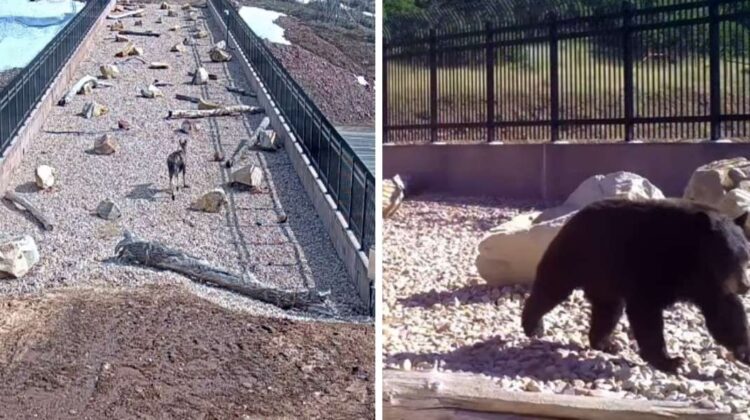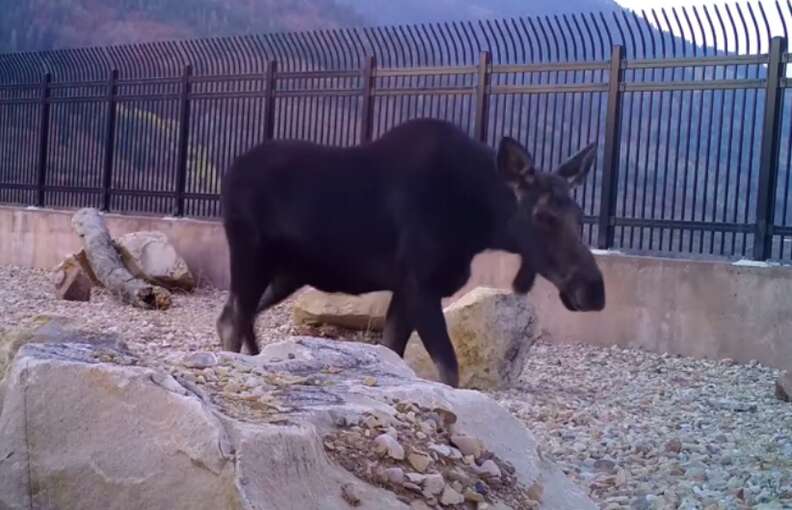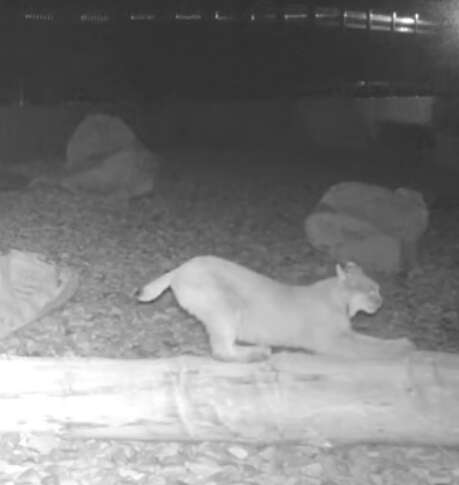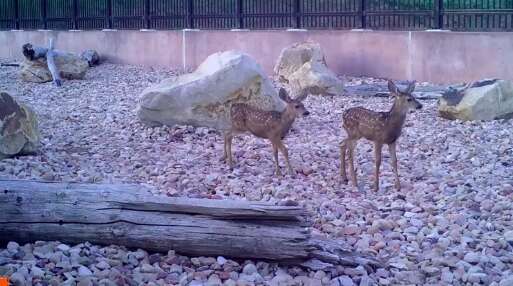
A porcupine and a bear don’t usually have much in common, but in Utah, they both share an important pathway—the Parley’s Canyon Wildlife Overpass. Built over Interstate 80, this overpass serves as a critical wildlife corridor, allowing animals to cross the busy six-lane highway safely.
The Utah Division of Wildlife Resources (DWR) and Utah Department of Transportation (UDOT) constructed this innovative overpass in December 2018 to prevent wildlife-vehicle collisions, reduce traffic fatalities, and safeguard the state’s diverse ecosystem. This simple yet effective wildlife crossing has already saved countless animals and improved road safety for motorists.

Wildlife Overpass: A Huge Success for Conservation
When the wildlife bridge was first introduced, experts anticipated a slow adaptation period. However, the results were astonishingly positive. The overpass, covered with rocks, logs, and boulders, quickly became a preferred path for animals, proving its efficiency in protecting wildlife and drivers alike.
The Utah State University and UDOT installed motion-sensor cameras to monitor activity on the overpass. By 2020, they captured footage of numerous species safely using the bridge, demonstrating its life-saving impact.
Animals That Have Used the Overpass

Footage from the wildlife cameras revealed a diverse range of animals benefiting from the Parley’s Canyon overpass, including:
- Moose
- Deer
- Bears
- Porcupines
- Squirrels
- Bobcats
- Raccoons
This footage highlighted the urgent need for wildlife corridors, proving that animals actively seek safer routes when given the opportunity.
Reducing Wildlife-Vehicle Collisions and Saving Lives

The Parley’s Canyon Wildlife Overpass not only protects Utah’s wildlife but also significantly reduces car accidents. Every year, thousands of animal-related crashes occur on U.S. highways, causing severe injuries and costly damages. By providing a safe crossing point, this wildlife bridge has decreased accidents and made Interstate 80 safer for both humans and animals.
According to the Utah Division of Wildlife Resources, the success of this overpass has paved the way for more wildlife conservation efforts in the state. In 2020 alone, six additional wildlife bridges and barriers were approved to further assist in animal migration and protect motorists.
A Model for Wildlife Conservation Nationwide
The overwhelming success of Utah’s wildlife overpass serves as an inspiration for other states facing similar wildlife-vehicle collision issues. Investing in wildlife crossings is a proven solution that enhances road safety, protects ecosystems, and saves lives.
With continued efforts in wildlife conservation, more highways across the U.S. can implement similar wildlife corridors, ensuring that both animals and drivers travel safely.
